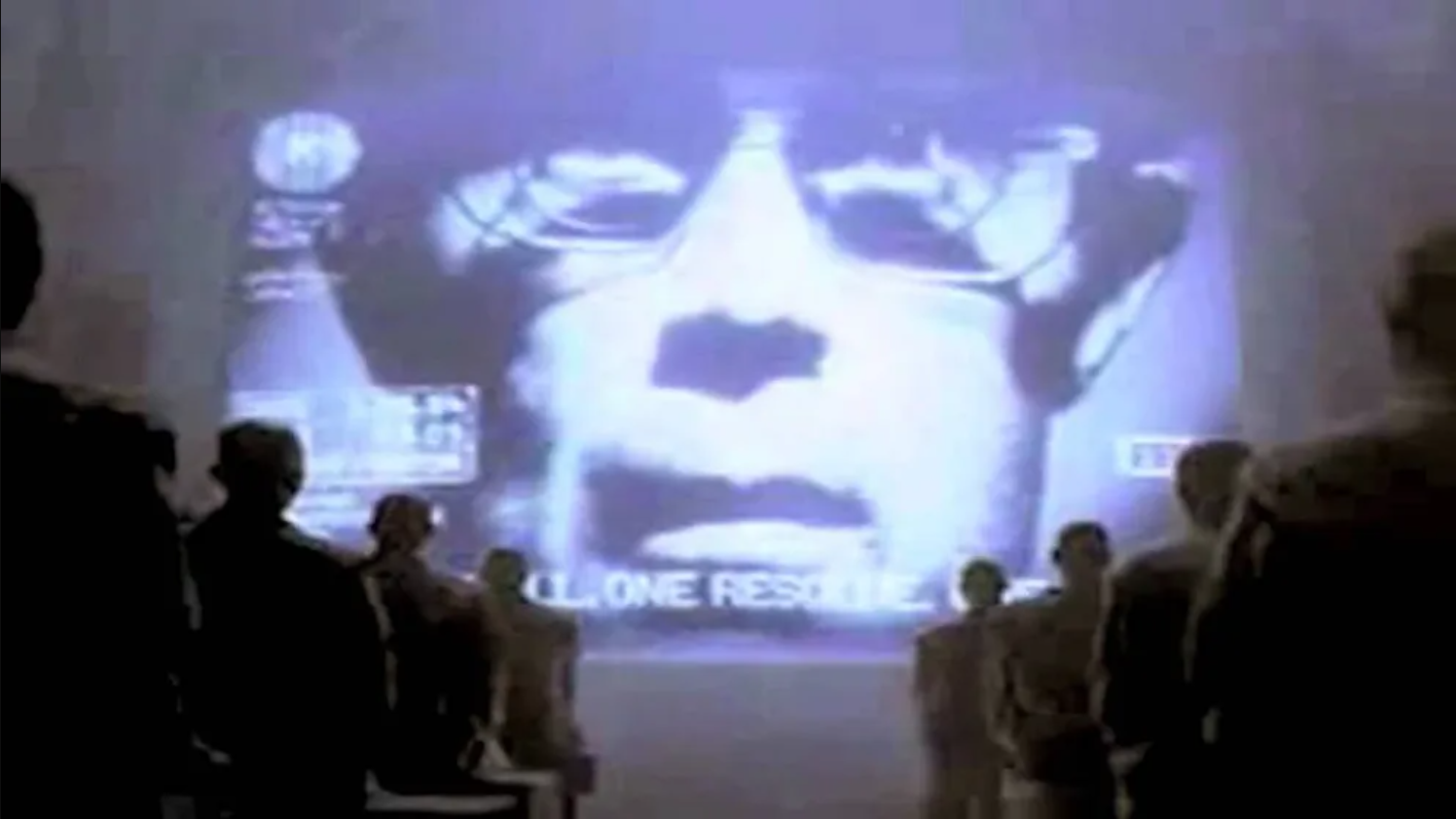
Rogue Icons: Apple’s “1984” Super Bowl Ad – A Manifesto of Rebellion
- Rogue Icons
- Apple 1984, cinematic storytelling, creative disruption, cultural marketing, iconic advertisement, innovative campaigns., Macintosh launch, modern advertising, rebellious branding, Ridley Scott, rogue icons, Super Bowl ad
- February 14, 2025


